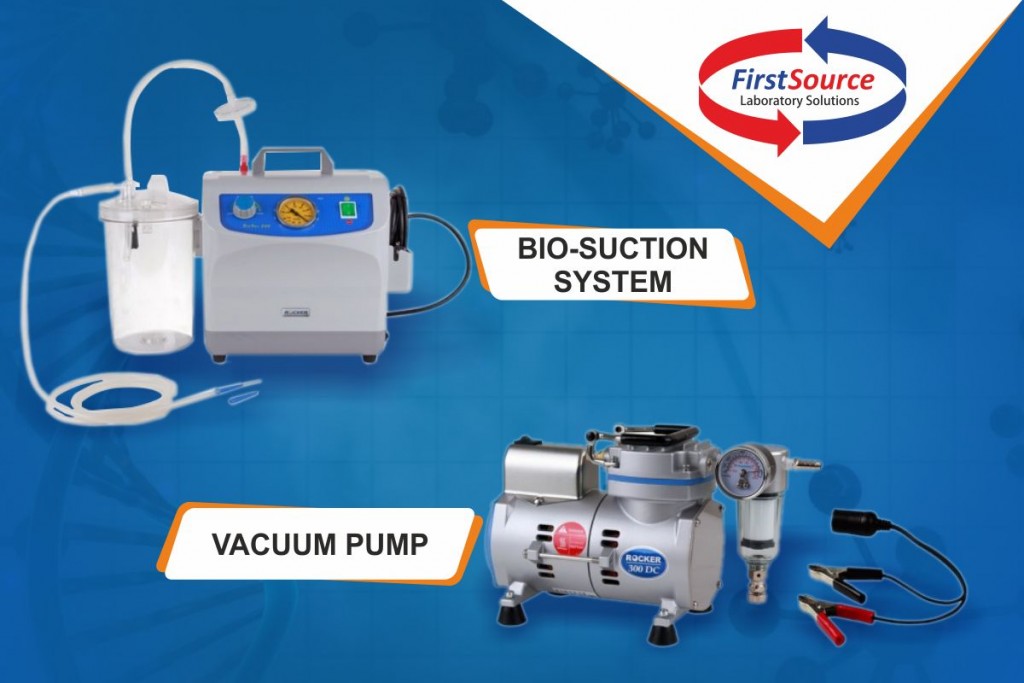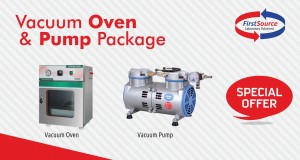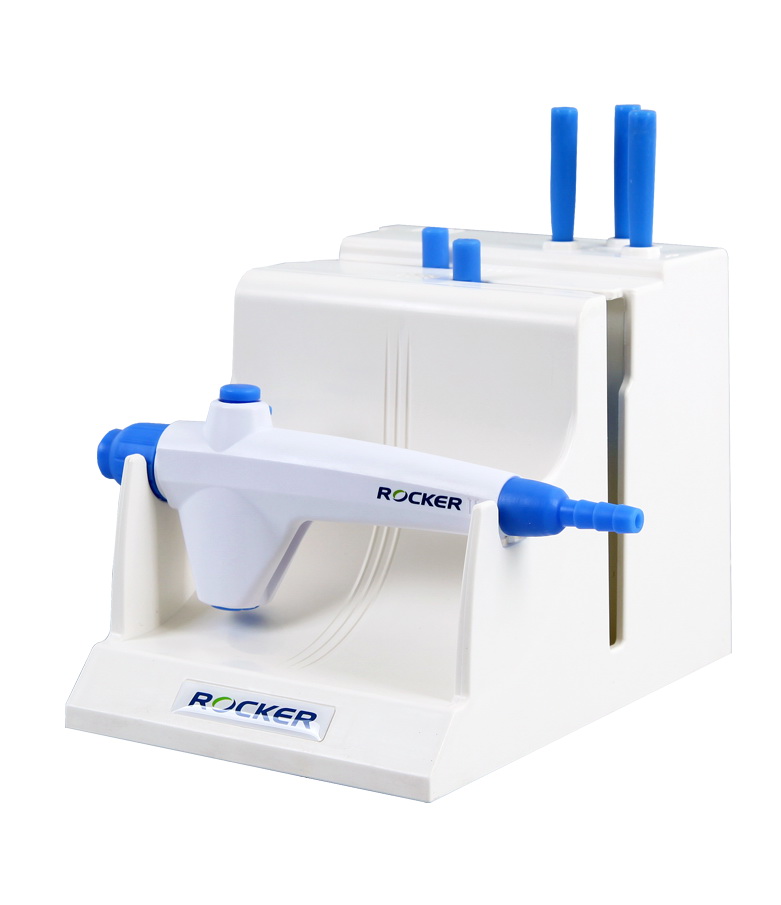Vacuum Pumps are ideal supportive industrial equipment that help in producing improved quality of products. Several types of vacuum pumps exist which are used for efficient functioning of manufacturing units. These days vacuum technology has become one of the important application in every field including household application. One must consider some of the factors in choosing a best vacuum pump. The one which best suits your purpose and application, safety, reliability, understanding vacuum technology, procedure of operation and cost effectiveness are the considerable factors.
Types of Vacuum Systems
Coming to the types of Vacuum Systems that are employed in scientific and industrial sectors on large scale are three basic types and all the other different types fall under these three. The important three vacuum pump types include displacement pumps, turbo-molecular pumps also called momentum transfer pumps and entrapment pumps. Depending on whether the gas molecules are captured into oil or water, they are called wet and dry pumps. Wet pumps use oil or water for sealing the chamber and there is risk of contaminating the pumped gas or swept gas and dry pumps do no use water and dry pumps use no fluid and the swept gas cannot be contaminated as dry polymers are used for sealing the chamber and swept gas.
FirstSource Laboratory Solutions is providing variable capacity of Rocker Rotary Vane Vacuum Pump and Biovac Bio-Suction System used for laboratory filtration.
Rotary Vane Pumps and ring pumps are the wet type positive displacement vacuum pumps. Rotary vane pumps are widely used backing systems. Diaphragm pumps and scroll pumps belong to dry positive displacement systems and they are primary or backing systems. Root pumps, screw and claw pumps are dry positive displacement systems and they are booster type of vacuum pumps. These gives high mass flow rate and low vacuum. Turbomolecular pumps are the dry type kinetic transfer systems which are widely used secondary systems. Vapour diffusion pumps are the wet type kinetic transfer pumps belong to secondary systems. These are most effective and used to create high vacuum. Cryopumps and Ion pumps are the dry entrapment systems. Here the gases are cooled and adsorbed onto a cold head.
Applications or uses of Vacuum Pumps
Vacuum pumps are used for industrial, research and household purposes and they have wide range of applications. Vacuum systems are used to power various instruments in aircrafts, industrial uses include semiconductor processing, manufacturing vacuum tubes, cathode ray tubes and lamps(electric), fabric industry, radioactive uranium enrichment, applied in printing press factory, used for cutting stones, big glass sheets, medical field applications like radiology, pharmacy, electron microscopy, mass spectrometers and other analytical instruments. Other uses include cryogenic engineering, freeze drying, decorative coatings, sewage industry and household vacuum cleaners.
 FirstSource Laboratory Solutions Official Blog First Indian Scientific Online Shop
FirstSource Laboratory Solutions Official Blog First Indian Scientific Online Shop




